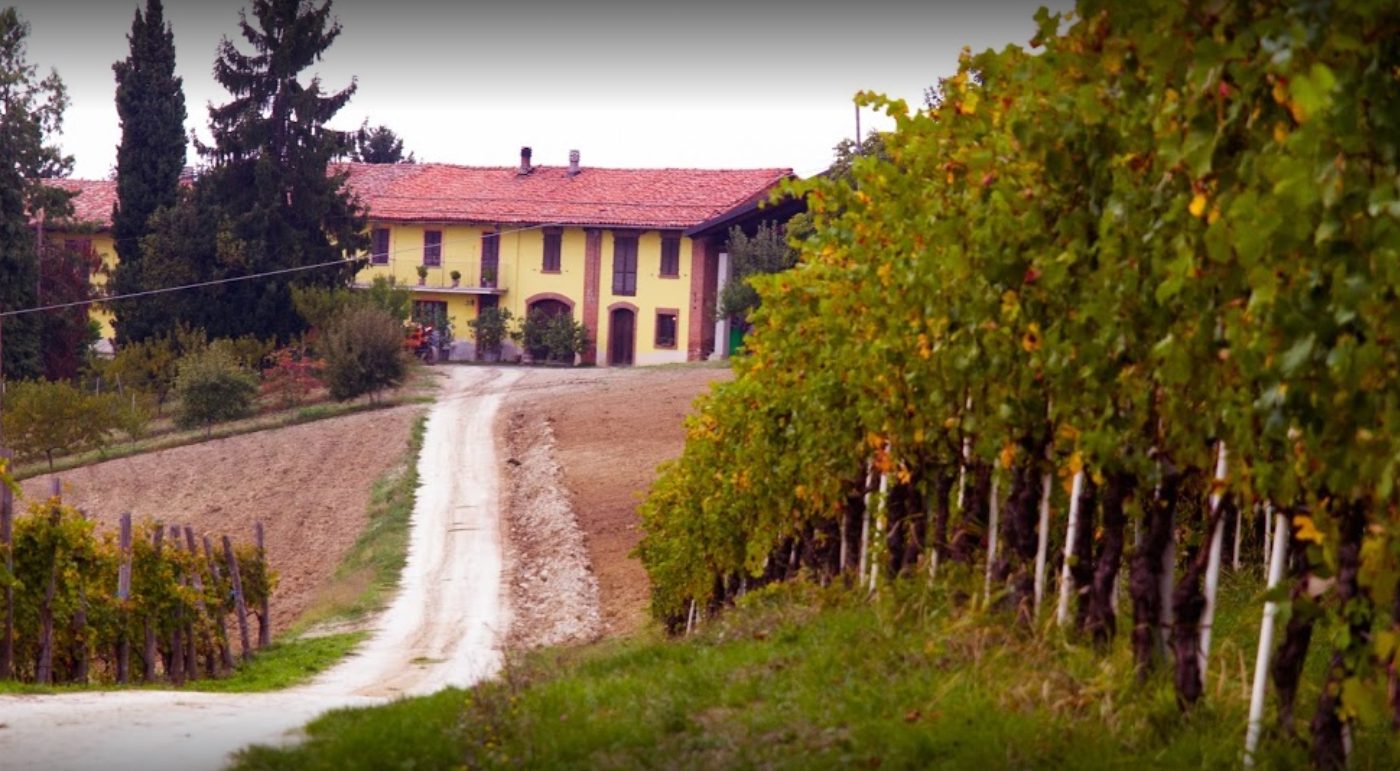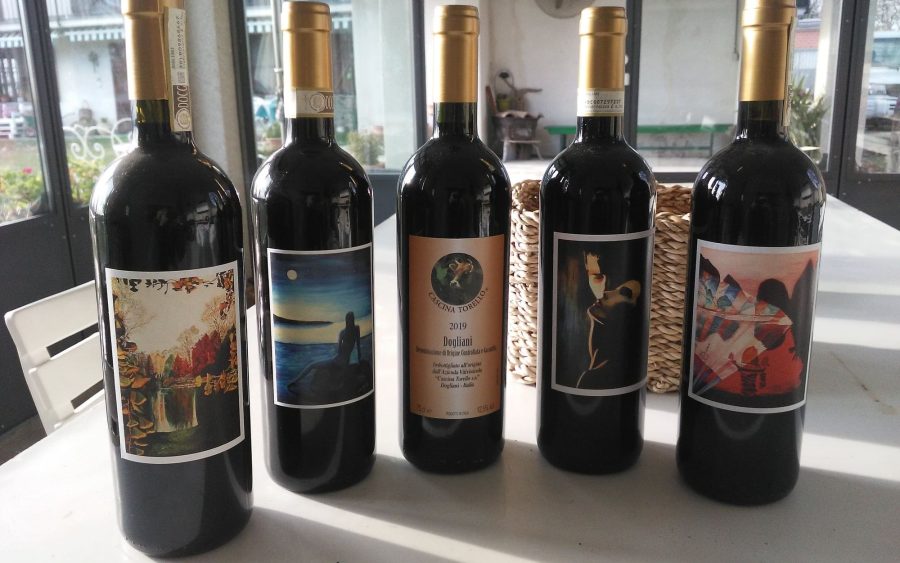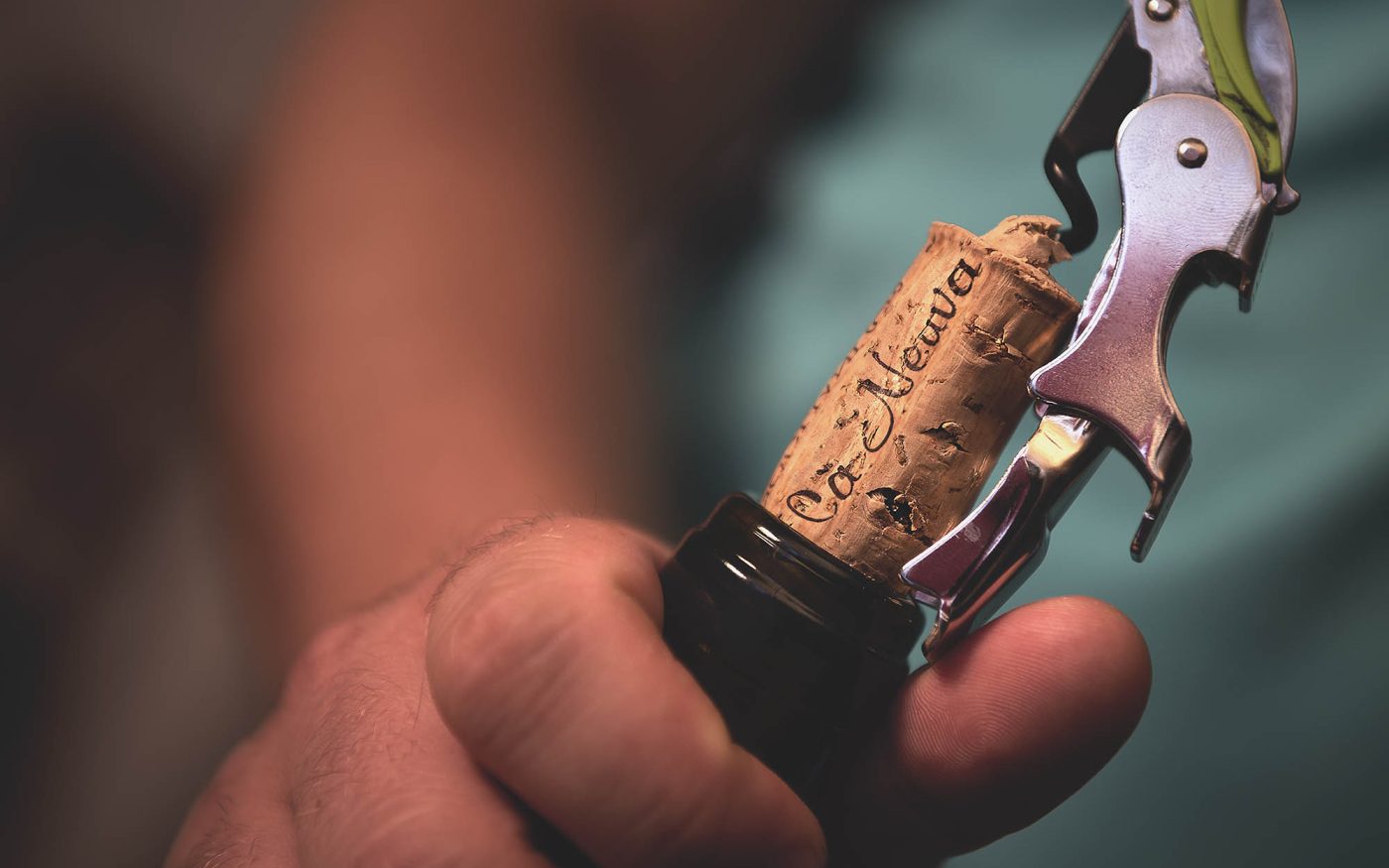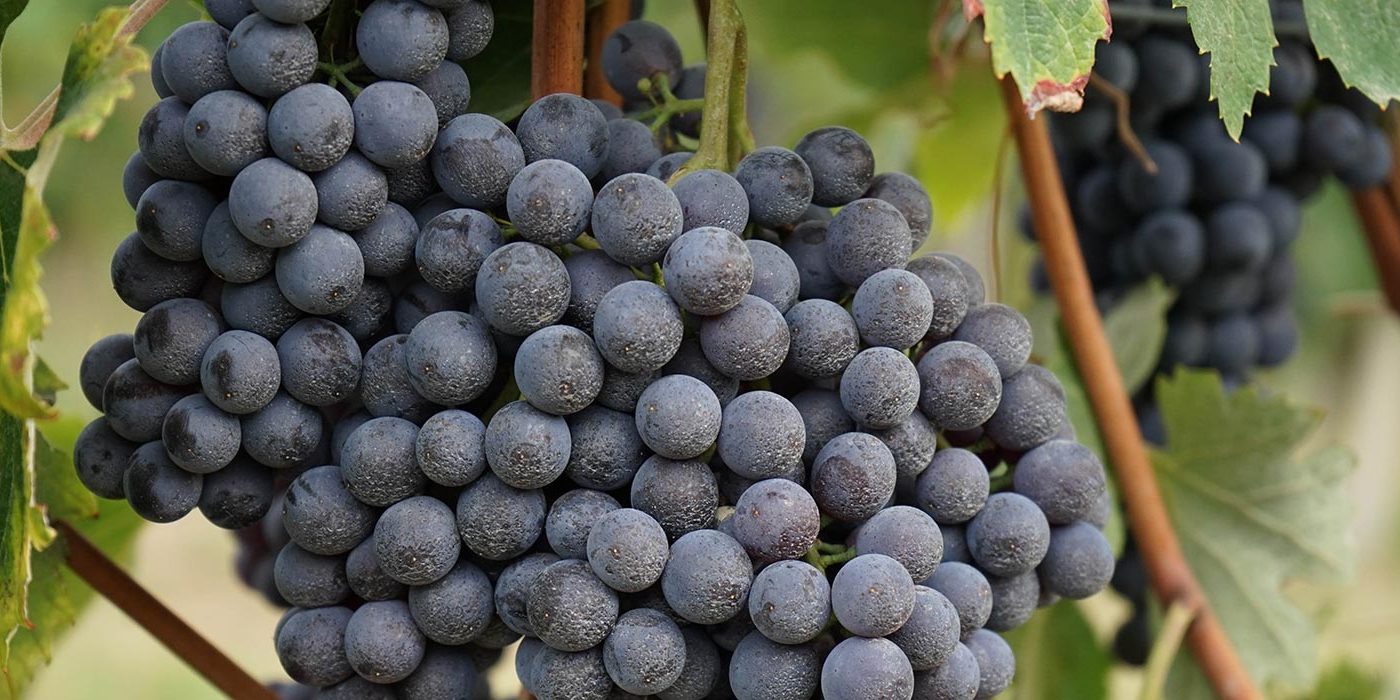Tasty reads
The Dogliani DOCG production, questions and curiosities

Enigmatic and fascinating, Dogliani DOCG continues to intrigue lovers of fine drinking.
This appellation is made from dolcetto grapes, a variety native to Piedmont that gives the wine its distinctive flavor profile .
Because of its structure and complexity, Dogliani DOCG pairs well with a wide range of dishes, from pastas to cheeses, to meats, offering unique flexibility.
In this article, we dive into the universe of the producers of this prized nectar, asking them directly to let us know the character of this wine.
We would like to thank the wine artisans for sharing with us their winemaking experience and wisdom, their time and passion: Antonella Bertalini of Cascina Torello, Sergio Abbona of Cà Neuva and Vincenzo Pecchenino of Azienda Valdibà in Dogliani.
Their voice is a testament to a land rich in history and love of viticulture and a wine that smells of authenticity and of the land where it is produced.
And now, ready to explore the secrets and challenges behind the creation of one of Piedmont’s most distinctive wines? Happy reading!
Antonella – For me it is the”prince” of wines, an exceptional wine, I am convinced! Its taste and aroma are distinctive and it is good as it is, unlike Nebbiolo, which perhaps, somewhat by fashion or by specification, ages in barrique.

With the kind of thinning they impose on us (as, for example, here with us in the St. Louis area, which is vocated for this wine), spectacular quality is achieved. The processing is very simple and the wine, even years later, retains its characteristics.
SERGIO – In my opinion, it is the wine of everyday life, but it can also satisfy during more “structured” meals. It is very pliable and I like it because it is easy to match and not aggressive, just because of its “biology.”
Vincenzo – It’s a wine that goes with everything! It can be an all-meal wine; I like it because it is complete, it is not complicated to drink, it has no aggressive tannins, and it also stands up well to aging. We have uncorked bottles that are 10 to 12 years old and they are still perfect!
Antonella – I would pair it with starters, with good cheeses, but also with main courses because it is very versatile. Some even accompany it with fish (and I who have Ligurian origins know this well!)… Maybe I would try it with stockfish, although risky!
SERGIO – Nice firm appetizers, it is a wine that is also suitable for busy lunches or dinners. I accompany it with very fatty meats, but also with delicate foods. I also like to drink it like this, on its own.
VINCENZO – At the table for sure, thanks to its versatility, I pair it with appetizers, game-based main courses, braised meats, but also I would venture with some good dark chocolate!
Antonella – What characterizes Superiore is first and foremost the vineyard where it is produced; many mistake my basic version for Superiore, but it is a normal wine: it does its year in barrel and then is bottled. What distinguishes them is the aging time in wood.

SERGIO – Basic is the most youthful expression, Superiore stays 18 months in wood and thus requires longer aging. The Riserva, which we make is the wine of youth, of freshness – there is a much fresher red berry and it strikes for that.
VINCENZO – Between the basic and the Superior there is not much difference, they are very similar and marked by an important structure: the alcohol content of both is 14%. We also produce a lighter Langhe Dolcetto just to have a product that differs from the other two.
Antonella – I was present at many meetings when we were asked precisely to choose between these two types – I voted Dolcetto di Dogliani DOCG. The majority then opted for Dogliani DOCG, perhaps to make the name simpler.
Initially, many of the restaurateurs and customers asked what wine it was because coming without the word Dolcetto in it was unclear. Some manufacturers have even included a back label with the explanation.
SERGIO – We noticed that the appeal to people was greater. The name “Dogliani DOCG” is certainly more appealing.
So it was also a positive change for us because it engaged us in research and production of increasingly structured and complex wines that would meet the tastes of the end consumer.

In general, it is still a little-known wine: in the past it was consumed in Piedmont, in the provinces of Cuneo and Turin, and a little in Liguria. Now, even with the arrival of new grape varieties, the market has been somewhat lost, and prefers other wines.
VINCENZO – When there was the name change, we lost some customers, with a drop of about 40 percent. In our opinion, the name change was not communicated in the right way, so many consumers were left bewildered.
Antonella – Tillage has its difficulties: dolcetto is a grape variety that I would call “obnoxious” because you have to work it carefully for it to grow well. Nature’s adversities are always there (now more than ever between droughts and diseases of various kinds), so you have to keep an eye on the vineyard constantly.
Wine production does not require great difficulty, which is more common in winemaking whites. Talking about the market, I am satisfied, we have a loyal buyer who impacts a good 70 percent of the production, and the remainder is destined all over the world, to Bed & Breakfast guests or those who are interested in tasting.
SERGIO – The greatest difficulty is the ripening of the grapes: when they almost reach maturity, all it takes is an overnight temperature change to slow them down. It is a very sensitive grape variety.
As far as the market is concerned, dolcetto-based wines continue to be perceived as unstructured, not very complex. However, when you then taste the Dogliani you are amazed, so much so that you never want to leave it. The same happened with Barbera referred to as “vin di ciucatun” (drunkard’s wine) in the past, now elected as a great wine. Credit always goes to the producers, who are committed to working well in the vineyard and winery.

Consumption is steady even though it has dropped compared to the past: in addition to our loyal Italian customers, we also try to cover the online, foreign and restaurant markets.
VINCENZO – Dolcetto is a very particular vine: it needs constant care and is very difficult to work with both in the vineyard and in the winery because either you work it early in the spring or the shoots go on their own, they don’t go up straight. It is also prone to flavescence. The wine tends to pick up bad odors in the cellar, so you have to care for it a lot, even more than a Nebbiolo.
As I said earlier, the market knows little about it: customers coming from Milan are stunned to test it! We would like to see all producers team up more to allow this wine to be valued more and to dominate the market by shifting attention from other wines to this one. I think Dolcetto is still a niche product today.
